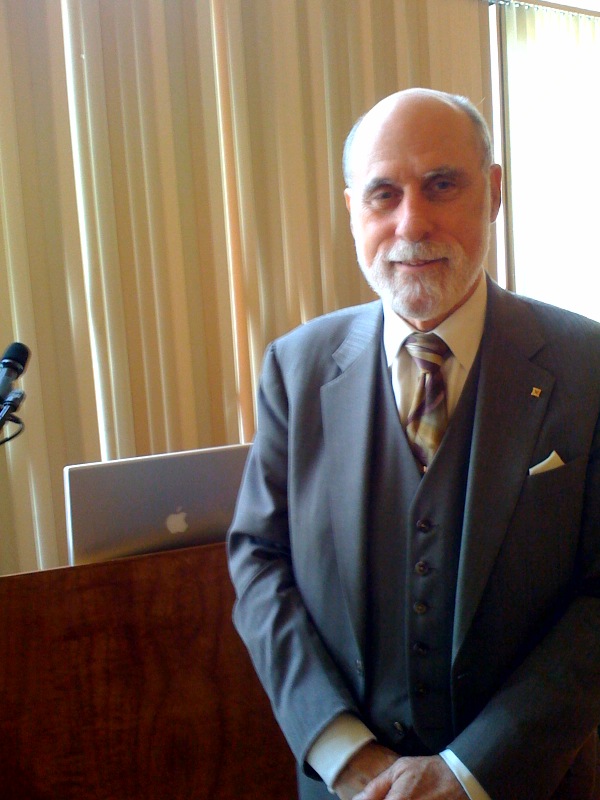VINT CERF: ADDING DELAY AND DISRUPTION TOLERANCE TO OUR LIST OF REQUIREMENTS
/
Dr. Vinton Cerf (NSF video, bio) continues to energize, as well as build, the Internet. One of the true fathers of the Internet, his first role (while a grad student) was to write some of the initial code to allow packets of information to move reliably from one computer to another. Now he serves as Google's Chief Internet Evangelist, as well as continuing to work with NASA and the world on the InterPlaNetary Internet (seriously).

- History of the Internet and his role
- Possibilities for sensor nets (including how to better manage your wine cellar)
- Opportunities for the semantic web
- The opening of Internet addresses to non-Latin characters, and the complexities therein
- Bit Rot -- I'll try and address this one soon
- Delay and disruption tolerant networking (needed for the InterPlanetary Internet as satellites go behind planets, the Sun, deal with astronomical distances, etc.)
- Cargo Cults







